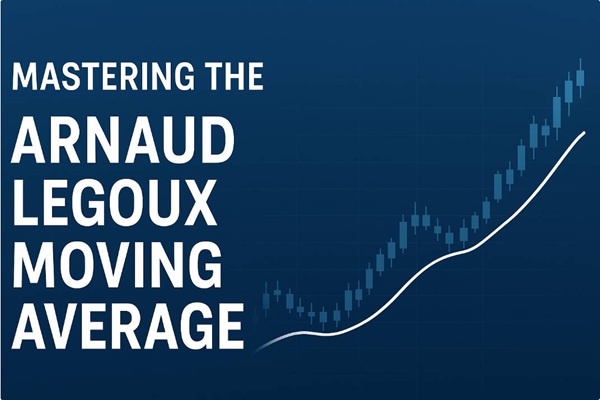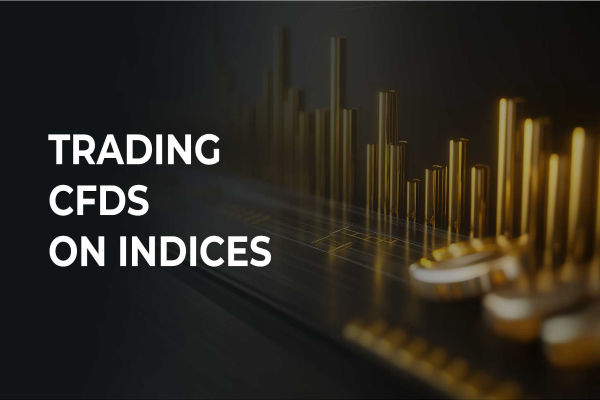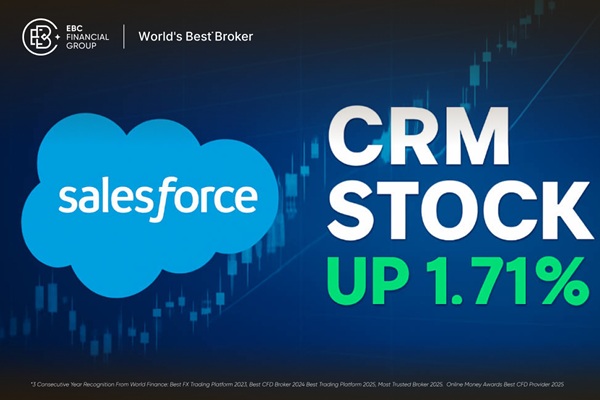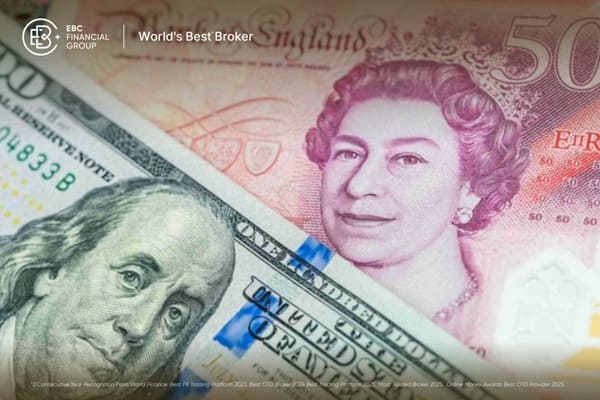Leverage is a financial tool that allows investors to use less capital to
control larger trading positions. It increases the scale and potential returns
of investment by borrowing funds. Leveraging can increase investment returns,
but it also increases investment risks.
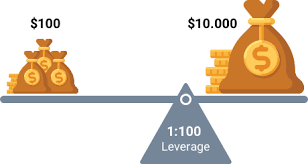
In forex trading, leverage is usually expressed in proportion,
such as 1:100 or 1:200. This means that investors only need to provide a small
portion of the transaction amount as margin, while brokers will provide the
remaining funds. For example, if investors choose a leverage ratio of 1:100,
they only need to provide a 1% margin, and the broker will provide the remaining
99%.
Leveraged trading can enable investors to gain greater profits during market
fluctuations. For example, if investors use a leverage ratio of 1:100 for
trading, their investment size will increase by 100 times. This means that even
if the market volatility is only 1%, investors' profits will increase by 100%.
However, the same fluctuations may also result in losses of the same
proportion.
Although leveraged trading can bring high returns, it also carries high
risks. If the market is unfavorable, investors may lose more than their initial
investment. In addition, leveraged trading may also lead to excessive trading
and emotional decision-making as investors may overly rely on leverage to pursue
high returns.
Therefore, when using leveraged trading, investors should be very cautious
and ensure that they understand their risk tolerance. They should develop
effective risk management strategies, such as setting stop-loss and stop-profit
orders, to limit potential losses. In addition, investors should also choose
regulated brokers to ensure the safety of their funds.
How Much Trading Leverage is Appropriate?
Choosing the appropriate trading leverage is determined based on an
individual's investment goals, risk tolerance, and trading experience. Here are
some considerations:
1. Investment objectives
Determine whether your investment goal is to pursue stable returns or higher
returns. A lower leverage ratio may be more suitable for investors seeking
stable returns, while a higher leverage ratio may be more suitable for investors
seeking higher returns.
2. Risk tolerance
Understand your level of risk tolerance. If you have a low tolerance for
risk, you may need to choose a lower leverage ratio to reduce potential loss
risk. On the contrary, if you have a high tolerance for risk and are willing to
take on greater risks, you can consider choosing a higher leverage ratio.
3. Trading experience
Experience and knowledge about forex trading can also affect the
leverage ratio you choose. If you are a novice trader, it is recommended to
choose a lower leverage ratio to reduce risk. With the accumulation of
experience and an understanding of the market, you can gradually increase your
leverage ratio.
It is important to remember that a higher leverage ratio may bring greater
profit potential, but it also increases the potential risk of losses. Therefore,
selecting the appropriate trading leverage requires comprehensive consideration
of one's own situation and taking appropriate risk management measures, such as
setting stop-loss orders and reasonable position planning. It is best to consult
a professional investment advisor or broker before choosing a leverage ratio to
obtain more accurate advice and guidance.














